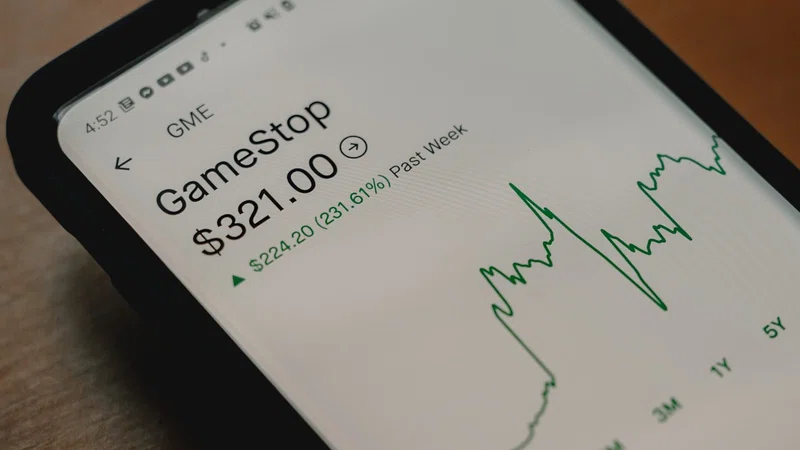Data is an increasingly important part of the payment industry. It is collected, analyzed, and used at various points during a payment transaction, and plays a vital role in making sure the payment reaches its intended destination. Data is also at the core of customer security and system innovations.
The payments sector is fast evolving, we expect data will play a key role in this evolution. Changes in the sector are being driven by a variety of market, technological, end-user, and regulatory factors that have data at their core.
Technological changes:
Technological change is leading to payments data being collected, processed, shared, and used in digital form at lower costs and on a larger scale. The ability to access increasing amounts of data offers potential market opportunities such as business models based on collecting and processing data. This is all driven by increasing computing power, affordable storage, and software that can analyze large data sets to gain new insights.
Digitization (i.e. capturing, storing, and using increasing amounts of digital information) has transformed the sector, the obvious impact of digitization in the payments sector is the increase in the type and amount of data that PSPs, PSOs, and third parties collect. Organizations such as regulators, central banks, and government departments are following the same trend.
As more people and businesses shift from cash to digital payment methods, the rapid digitization of the payments sector is expected to continue. And as the costs of collecting, storing, and analyzing data decrease over time, data could be collected and analyzed on an ever-larger scale.
End-users:
The people and organizations that use payment systems – are also changing the ways they pay for goods and services, with an increasing reliance on non-cash methods. These all generate payment data. And as the volume of electronic payments has increased, so has the volume of data.
Regulatory Developments:
A number of regulatory and policy developments affect how data is collected, processed, and used in the payments sector.
These include:
- The Open Banking Standards Initiative introduced following the CMA’s retail banking market investigation.
- The second European Payment Services Directive (PSD2)
- The GDPR and the Data Protection Act 2018
Market opportunities created by data:
Organizations are interested in how they can use digital technologies and data to create revenue and improve business processes. This is generally known as digitalization.
In the payments sector, existing providers as well as fintechs are developing business ideas that rely on payments data as a critical input. For example, Google Pay collects data (e.g. transaction and account data) from users to facilitate the provision of advertising. In turn, advertising helps to keep the service free for users. Few PSPs use payment data to provide insights on their customers’ spending habits.

What Is Payments Data?
In providing payment services to customers, PSPs, and other entities (such as third party providers or AISPs) can capture and hold a range of information about their retail and corporate customers.
Payments data can be collected through the use of core payment services such as:
- Debit and credit transfers
- Card payments
- Mobile payments
- Digital wallet payments
- Cheques
- ATM transactions
Types of information that can be collected through end-user use of these payment services include:
- Personal or identity details of the payers such as their names, telephone numbers, and email addresses
- Sort codes and account numbers for the payers and the payees
- Reference information for the payment
- Date and time of the payment
- Primary Authorization Numbers (PAN) for card transactions
In providing payment services, PSPs and other payment entities can also capture additional information that is not always necessary to process the payment. It includes:
- The location where the payment was made.
- Information regarding the channel through which the payment was made.
- Specific information regarding the devices through which the payment was made (for example, mobile device identification numbers, IP addresses, and cookies for online payments).
- Usage data such as the frequency with which consumers log on to their online/ mobile banking or payments accounts.
Payments Data as a whole can be primarily classified into two important classificatory distinctions:
The identifiability of the data subject (and the distinction between personal and non-personal data), and the degree of aggregation of the data (and the distinction between individual and global transaction data).
Role Of Payments Data In Emerging Technologies:
Financial services are driven by data. The way data is leveraged has an unimaginable impact on the bottom line and customer satisfaction.
In the context of payments, a large majority of international payments are processed straight through, requiring no manual intervention. However, the small proportion of payments that require manual processing often do so due to incomplete or inaccurate data relating to the end beneficiary. The ensuing inquiries and delays can take a disproportionate amount of time and resources to resolve.
SWIFT is working to eliminate these to provide a better customer experience by providing the financial community with smarter tools like the gpi that improve the quality of the underlying workflow.

Source: McKinsey
Improving the quality of the data enables the industry to drive value more easily from emerging technologies like Artificial Intelligence (AI) and DLT, further driving automation and preventing the illicit use of the global financial system.
This is already taking shape in the compliance space, for example, where advanced data analytics capabilities are enabling banks to improve their screening algorithms and reduce the number of false positives when trying to detect fraud.
Despite expected benefits and the abundance of available technological advancements applicable to various elements of the value chain and operations in the financial services and insurance industries, institutions are yet to fully harness the potential of AI. The main reason for that being the complexities of organizing data that feeds intelligent machines.
More Data, More Structure, Richer Insights
International payments often contain unstructured and ambiguous beneficiary account data, causing unnecessary delays and delayed processing. To remedy this, we need to capture richer data in a more structured way.

This transformation is already ongoing, with the widespread adoption of ISO 20022 across major market infrastructures around the world and the industry-wide move to the new standard within the payments space.
ISO 20022 provides rich and structured data that is suited to the needs of regulators, market overseers, and reporting firms that rely on unambiguous data for meaningful analysis.
Increased use of mandatory and structured data will further enable automation of reconciliation processes and greatly improve the visibility of cash positions for beneficiaries.
The standard also provides a common data dictionary, agnostic of syntax, and technology choice. This will support new services through the use of APIs, and provide quality data for the application of artificial intelligence, enabling banks to offer innovative services to meet their clients’ changing needs.
Image source - respective owners.











